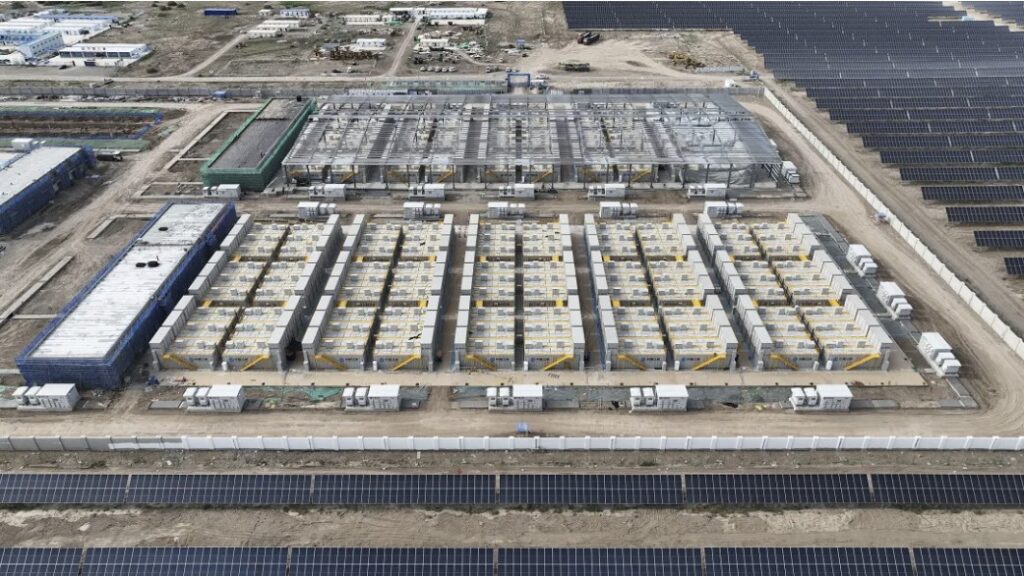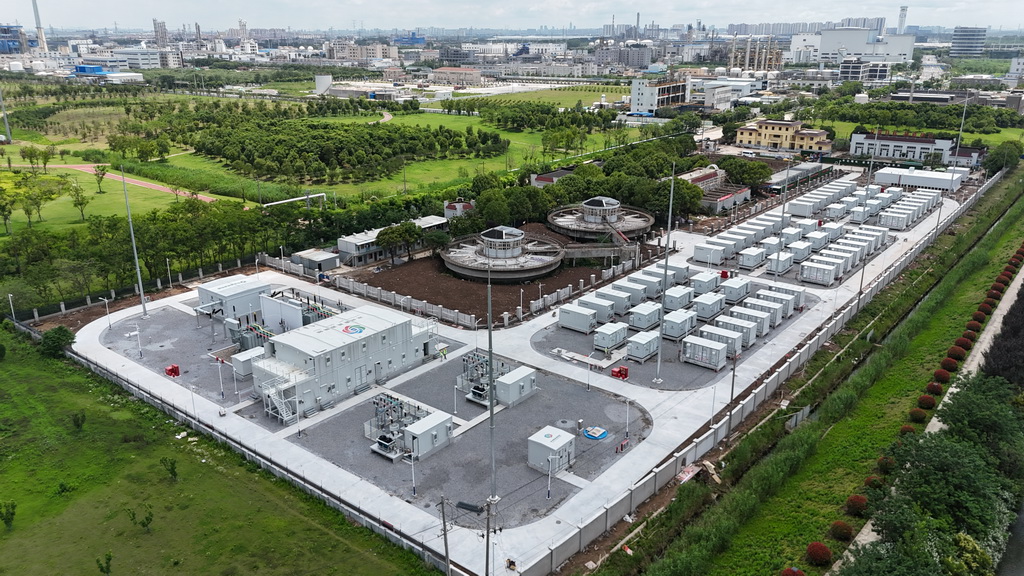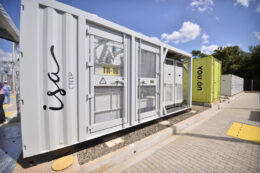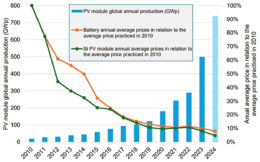Schoenergie’s 55 MWh Hithium battery project for German research project on grid stability
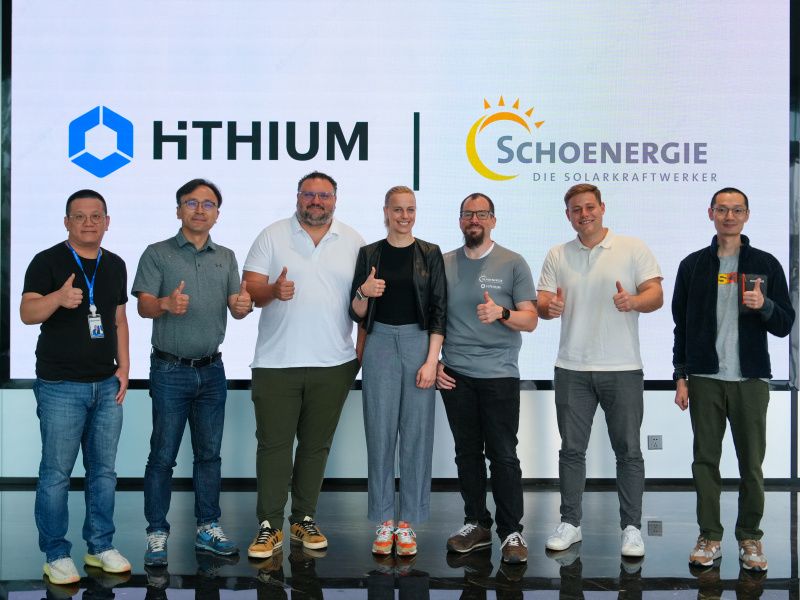
German project developer Schoenergie is realizing its first utility-scale, grid-serving battery storage system. The 21 MW / 55 MWh battery energy storage system (BESS) will be co-located with a 20 MW solar farm, sharing the same grid connection point at a substation. The inauguration of the facility is planned for October.
The BESS is a key part the “SUREVIVE” research project, which aims to test and demonstrate the grid-stabilizing functions of battery storage under real-world conditions within the distribution grid. The project will explore how modern storage systems can contribute to a stable power network.
“Modern battery systems must be able to do more than just store electricity,” explained Volker Schöller, CTO at Schoenergie, in comments translated from German. “They must be grid-forming, grid-supporting, and black-start capable – and that is exactly what we are realizing with this project.”
Schoenergie has designed the system’s controller in collaboration with partners, with a specific focus on fulfilling the requirements of both grid operators and asset operators. The company is using lithium-iron-phosphate (LFP) batteries from Hithium, and the company said its teams traveled to Hithium’s manufacturing facility in Xiamen, China, to conduct a factory acceptance test.
A notable design feature includes the option to install a photovoltaic system on the roof of the battery container itself. This addition is intended to improve the project’s overall energy balance while also providing power to support the cooling of the battery system.
The “SUREVIVE” research initiative is a collaborative effort involving Schoenergie, grid operator Westnetz, the University of Stuttgart, and the Fraunhofer Institute for Solar Energy Systems (Fraunhofer ISE). The partners will investigate the critical roles that battery storage can play in ensuring future grid stability. This will involve conducting stress tests, analyzing interactions, and testing various grid-serving functions directly at the battery’s inverter.
The findings from the project are expected to be incorporated into the design of future storage projects and are also intended to help inform evolving regulatory frameworks. The project is supported by funding from the German Federal Ministry for Economic Affairs (Bundeswirtschaftsministerium).
From pv magazine Germany.







